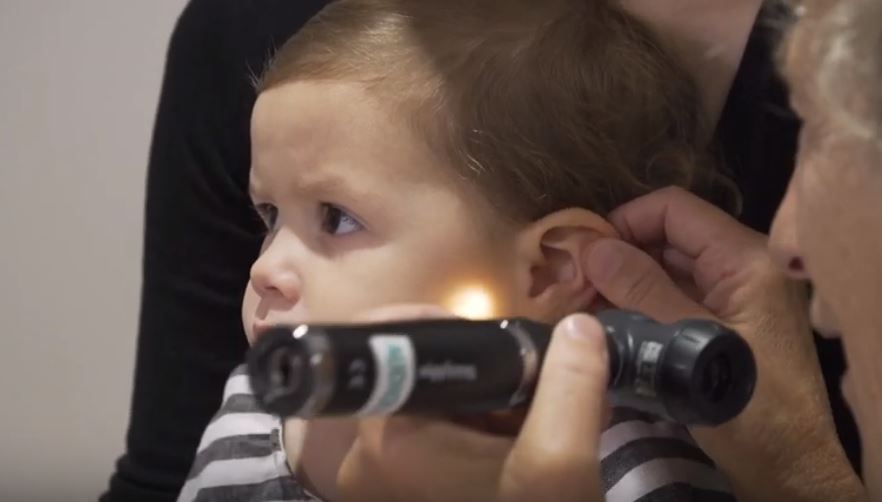Search
Research
Does otitis media in early childhood affect later behavioural development? Results from the Western Australian Pregnancy Cohort (Raine) StudyThe relationship between early life episodes of otitis media and later behavioural development with adjustment for confounders.
Research
Topical antibiotics with steroids for chronic suppurative otitis mediaTo assess the effects of adding a topical steroid to topical antibiotics in the treatment of people with chronic suppurative otitis media
Research
Evidence of functional cell-mediated immune responses to nontypeable Haemophilus influenzae in otitis-prone childrenThese data provide evidence that otitis-prone children do not have impaired functional cell mediated immunity
Research
Genetic susceptibility to otitis media in childhoodReviewed in this article these studies have identified positive association at 21 genes with association at five of these replicated in independent populations.
Research
IgG Responses to Pneumococcal and Haemophilus Influenzae Protein Antigens Are Not Impaired in Children with a History of Recurrent Acute Otitis MediaVaccines including conserved antigens from Streptococcus pneumoniae & nontypeable Haemophilus influenzae have the potential to reduce of otitis media.
Research
FBXO11, a regulator of the TGFΒ pathway, is associated with severe otitis media in Western Australian childrenOtitis media (OM) is a common childhood disease characterised by middle ear inflammation following infection
Research
The role of chronic infection in children with otitis media with effusion: Evidence for intracellular persistence of bacteriaDemonstrate mucosal bacterial infection in children with otitis media with effusion (OME).

News & Events
Perth researchers one step closer to wiping out childhood ear infectionsResearchers from The Kids Research Institute Australia have identified the main bacteria responsible for recurrent ear infections and repeat ear surgeries in children.

News & Events
The Kids ear health researcher takes out top science prize at 40Under40 AwardsDr Chris Brennan-Jones received the Woodside STEM Award for Excellence in Science at the prestigious 40Under40 Awards.
Research
Reviewing the Pathogenic Potential of the Otitis-Associated Bacteria Alloiococcus otitidis and Turicella otitidisThere is insufficient evidence available to determine whether these organisms are pathogens, commensals or contribute indirectly to the pathogenesis of OM
